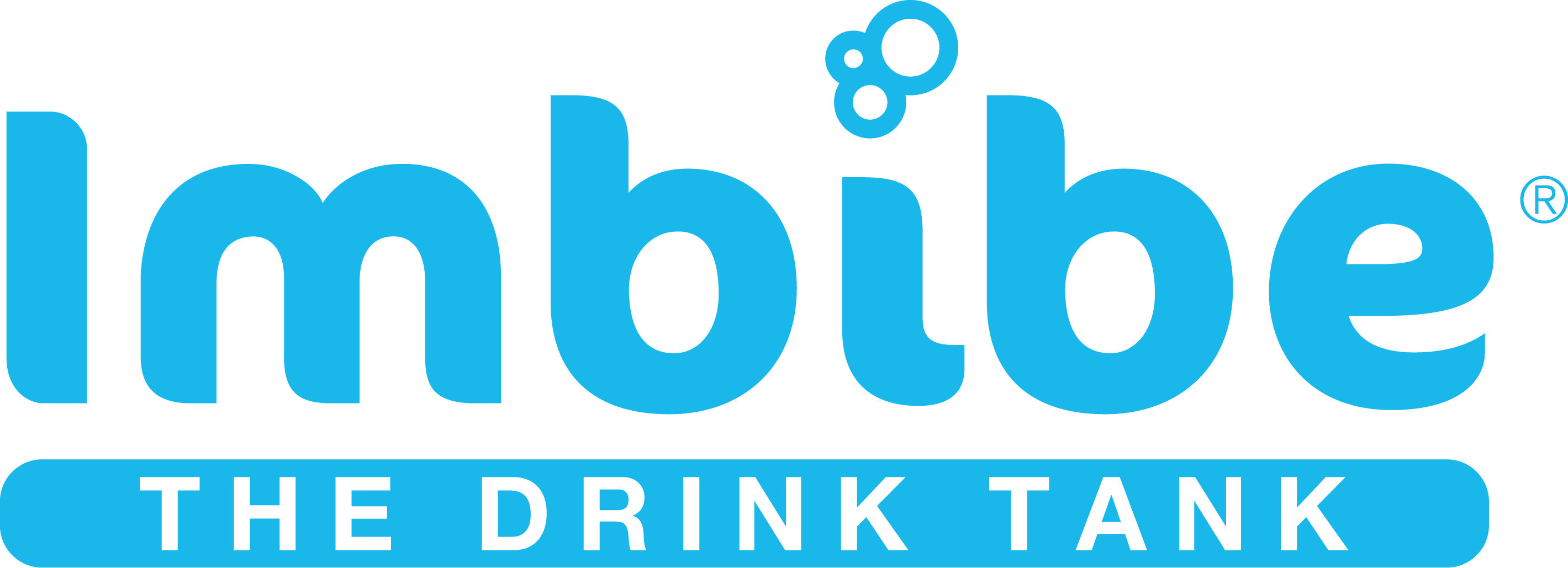To Define Consumers’ Needs, Become a Student of Society – Product development and marketing from the bottom-up

Photo: Network Witches
As any good marketer knows, products need to connect with consumers. Success is often gauged by the product’s ability to align with a consumer’s needs on multiple levels, no matter how simple the product. Take water as an example. People get thirsty, and they need to quench their thirst. In the United States, water is abundantly available and in most cases free of charge, yet millions of consumers will nonetheless pay for bottled water and often prefer specific brands. If the underlying consumer need was simply to quench thirst, then the market for bottled water would never have developed as it has. Beverage companies realized that, in addition to addressing thirst, consumers also valued – and were willing to pay for – convenience and portability. Add to that a healthy dose of old-fashioned brand building and voila – a category is born.
Marketing is fundamentally driven by the identification of needs. Sometimes these needs are well established (everybody gets thirsty, for example). In other cases, needs are defined by research into consumer behavior combined with a strong understanding of the societal factors that can impact and/or change these behaviors. When properly executed, the resulting insights help companies create products that fill needs consumers didn’t even know they had until presented with a means to fulfill them.
Let’s look at a tangible example. While models can be found across any product category, “better-for-you beverages” represent a compelling platform for transforming marketing insights into product success. This thriving segment demonstrates how needs are identified, benefits defined, and resulting products developed.
By now everyone knows that consumers are demanding healthier beverage choices. They actively seek out certain ingredients and shun the use of others. They embrace the addition of superfruits that they would have never otherwise tasted (acai and dragon fruit flavored beverages are popping up on grocery shelves everywhere). They are inclined to read ingredient statements and inquire the contents of the beverages they drink. Why is this happening? A quick look at high-level societal trends provides some preliminary insight and helps identify the consumer needs driving the “better-for-you beverage” category success:
- American consumers increasingly suffer from weight-related health issues. According to the Centers for Disease Control and Prevention, more than two-thirds of the American population is overweight or obese. This growing problem is linked to a variety of health conditions, including diabetes, high cholesterol, and joint pain.
- The Internet has created an unprecedented ability for consumers to find information and be more self-sufficient. Consumers can quickly educate themselves on products and ingredients, and share their thoughts with their extended social network at the click of a button.
- Rising healthcare costs drive many consumers to try to “self-manage” their health. Preventative care is sought with the help of liquid dietary supplements with “good for you” ingredients) and through functional beverages designed to address a particular health issue).
- Consumers are increasingly accustomed to having potential medical solutions marketed directly to them rather than by a doctor.
Of course there are many other factors affecting the “better-for-you beverage” category’s success, but these four social observations produce a variety of potential product needs that a new beverage or liquid dietary supplement could address.

Photo: S’well
At its core, product development and marketing is about observing society, isolating an underlying need, and designing a solution before target consumers even know they need it. One example is the surge in popularity of the S’well water bottle. The transparency of their noble mission (to rid to world of plastic bottles), paired with their altruism (donating $100,000 to UNICEF to help provide clean water to the world’s most vulnerable children) is in line with the environmental demands of consumers. This product has garnered notoriety from many celebrities as a must-have accessory, despite being $35 apiece. They’re customizable and decorative and are able to keep beverages cold for 24 hours. The idea of pairing function, cute packaging, sustainability and a charitable component hits on fundamental consumer insights gleaned through simple societal observation and a little creativity.
So if you’re looking to define consumers’ needs and create the next great product, become a student of society and see where it takes you.


